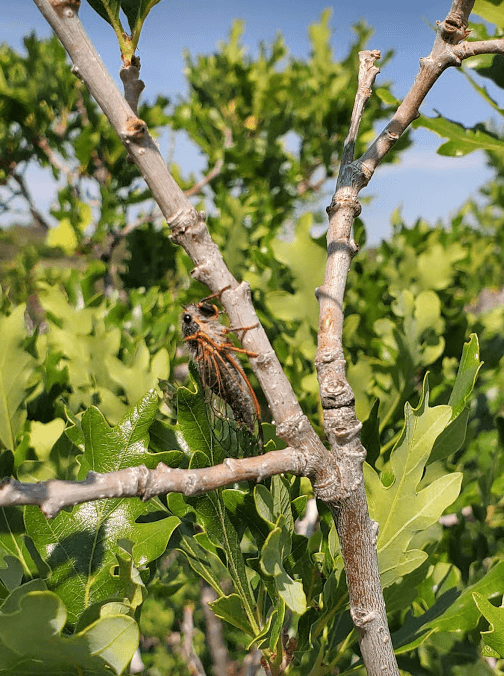This site uses cookies – Learn more.
The Return of the Cicadas
The Return of the Cicadas

Every 17 years, Brood X cicadas emerge from the ground. While the arrival of these rather strange looking insects can be alarming and quite loud, have no fear—cicadas are not harmful to pets or humans. In fact, they are beneficial to the environment and very interesting to observe.
While above ground, cicadas simply fly, sing, and lay their eggs. Males can sing as loud as a lawnmower to attract mates! Within a few weeks the cicadas will die, leaving behind exoskeletons (the hard outer covering that protects species without backbones) to decompose—and their offspring will return underground to live out their lives.
So what does this mysterious species do while living deep underground? Cicadas move around, aerating soil and use straw-like tubes as mouths to eat sap from tree roots. After the cicadas die, their decomposing bodies release nitrogen, fertilizing soil.
At this 17-year mark, we may not witness the emergence here at Madison Square Park. Unfortunately, populations of cicadas have declined over generations due to climate change and human development, especially in urban areas like Madison Square Park. While you may not see swarms of cicadas in the park this summer, be on the lookout in undisturbed areas for finger-sized holes in the ground near trees and listen for their songs in the afternoon.
If you see a cicada be sure to take an observation on iNaturalist. Knowing whether or not cicadas emerge in the park helps us better understand the park’s health and allows us to protect this amazing species moving forward.



